From pdfs to proof: what a journal club makes possible
We must remind ourselves that responsible science begins with disciplined reading
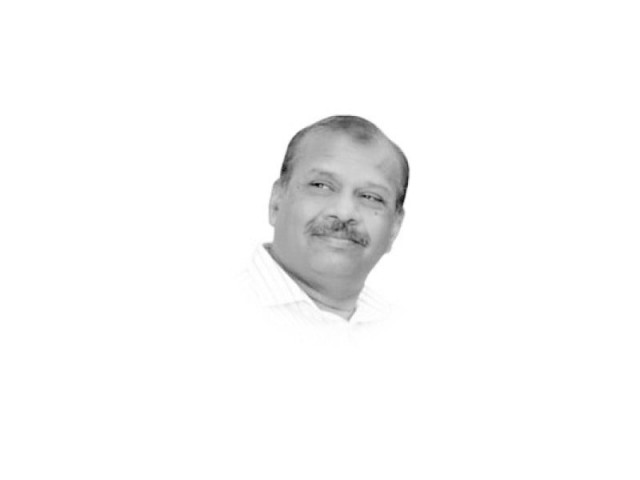
Recently I had the privilege of delivering the inaugural talk for VitalScope, a new journal club at University of Karachi's Department of Physiology. The theme — "From Chaos to Comprehension: Understanding the Brain through Entropy" — was deliberate. Entropy is not only a measure of disorder in physics; it is also a clarifying metaphor for scholarship. In research, we move from scattered claims and conflicting data toward structured understanding. A good journal club is the engine of that movement.
In Pakistani universities, we often celebrate the product of research — impact factors, rankings and headlines — more than the process that produces reliable knowledge. VitalScope is a reminder that responsible science begins with disciplined reading. It insists that students learn not only what a paper says but how it argues, why its methods deserve trust, and where its claims fit in the larger map of evidence. That habit protects us from fads, predatory publishing and the all-too-common temptation to cherry-pick citations to validate a conclusion we liked from the start.
VitalScope is designed as the department's official forum for MPhil and PhD scholars to engage primary literature with care and courage, while also welcoming final-year undergraduates from Physiology and Allied Sciences. This is important. When senior undergraduates sit in the same room as doctoral researchers, something healthy happens to the culture: standards become visible, questions become contagious and the line between 'coursework' and 'research' begins to blur - in the best possible way.
A serious journal club builds three habits: read with care, pin down the question and definitions, trace claims back to figures and methods, separate what's measured from what's inferred and check design (sample, controls, blinding, randomisation); understand in context to judge practical significance, place the paper in its lineage (replicates, extends, overturns) and state only the claim that survives uncertainty and bias; critique with humility, evaluate to strengthen or honestly narrow claims, not to perform, enabling real interdisciplinary learning across fields.
I used entropy as both method and metaphor. Neuroscience wrestles with complexity, signals that fluctuate, networks that adapt and systems that are never quite at equilibrium. Concepts from information theory and statistical mechanics offer instruments to describe variability without shrinking it into noise. When students see that a principle like entropy can travel from thermodynamics to neural coding, they learn that ideas are the most portable lab equipment we own.
For VitalScope to endure, it must be more than a calendar entry. The craft is in the routine. They must circulate a pre-reading brief that spells out the question, design and key figures. Assign roles: a discussant to present the core logic, a sceptic to probe assumptions, a method-lead to assess measurement and statistics and a scribe to produce a one-page memo of takeaways and open questions. Reward not the loudest voice but the clearest chain of reasoning. Occasionally invite a paper's author for a short Q&A as scholarship becomes humane when the 'pdf' has a face.
Journal clubs are also excellent places to inoculate students against poor practice. Use them to teach how to spot p-hacking, how to read confidence intervals, how to check whether pre-registration promises match analytic choices and how to evaluate whether a claim generalises beyond a narrow sample. If we want better theses and better clinical or lab decisions, we must invest in better readers.
I left the first VitalScope session encouraged. The questions were specific, the disagreements were productive and the room felt like a community of inquiry rather than an audience. If we keep at it, week after week, the payoff will not only be better dissertations or a few more citations. It will be graduates who can tell the difference between noise and signal, fashion and finding, spectacle and science.
From chaos to comprehension is not a one-time lecture. It is a discipline. VitalScope, I hope, will be its home.

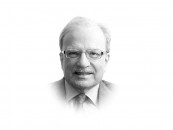

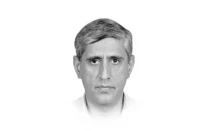
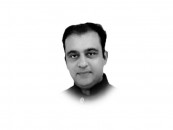


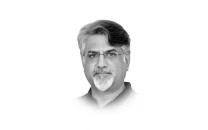






COMMENTS
Comments are moderated and generally will be posted if they are on-topic and not abusive.
For more information, please see our Comments FAQ